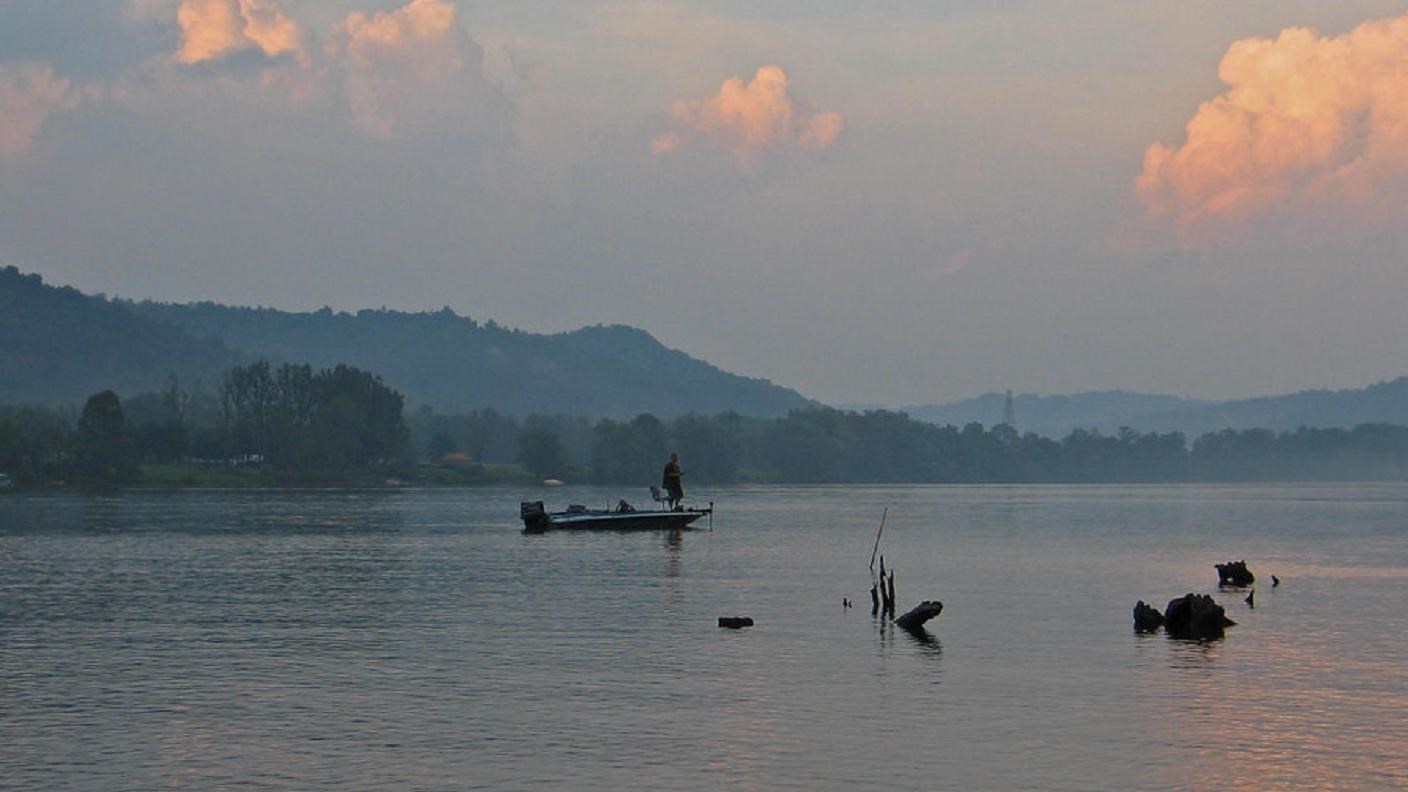Last updated: June 8, 2021
Place
Ohio River Islands National Wildlife Refuge

"Boat fishing" by U. S. Fish and Wildlife Service - Northeast Region is marked with CC PDM 1.0
Beach/Water Access, Benches/Seating, Canoe/Kayak/Small Boat Launch, Historical/Interpretive Information/Exhibits, Information, Information - Ranger/Staff Member Present, Parking - Auto, Parking - Boat Trailer, Parking - Bus/RV, Restroom, Scenic View/Photo Spot, Toilet - Flush, Trailhead
Lewis and Clark NHT Visitor Centers and Museums
This map shows a range of features associated with the Lewis and Clark National Historic Trail, which commemorates the 1803-1806 Lewis and Clark Expedition. The trail spans a large portion of the North American continent, from the Ohio River in Pittsburgh, Pennsylvania, to the mouth of the Columbia River in Oregon and Washington. The trail is comprised of the historic route of the Lewis and Clark Expedition, an auto tour route, high potential historic sites (shown in black), visitor centers (shown in orange), and pivotal places (shown in green). These features can be selected on the map to reveal additional information. Also shown is a base map displaying state boundaries, cities, rivers, and highways. The map conveys how a significant area of the North American continent was traversed by the Lewis and Clark Expedition and indicates the many places where visitors can learn about their journey and experience the landscape through which they traveled.
The Ohio River Islands National Wildlife Refuge was established in 1990 to protect, conserve, and restore habitat for wildlife native to the river’s floodplain. The refuge consists of twenty-two islands and four mainland tracts scattered along 362 miles of the upper Ohio River. Most of the refuge’s 3440 acres of land and underwater habitat are located in West Virginia; however, Pennsylvania and Kentucky each have two refuge islands.
The refuge is important in conserving the “wild” Ohio within one of our nation’s busiest inland waterways. Refuge islands are gradually returning to forested conditions after years of farming, oil and gas extraction, and other activities. The refuge works to protect wildlife and habitats native to the Ohio River and its floodplain. Migratory birds and endangered freshwater mussels are among the important wildlife emphasized on the refuge.
At the Visitor Center, visitors can explore exhibits describing mussels, other local wildlife, and historic uses of the Ohio River and its islands. A 1200 gallon aquarium features fish native to the river. There are also two turtle tanks and a unique aquarium featuring freshwater mussels. Interpretive programs are offered throughout the year. The trails surrounding the visitor center are an excellent place for birding or for enjoying the area’s natural splendor.
